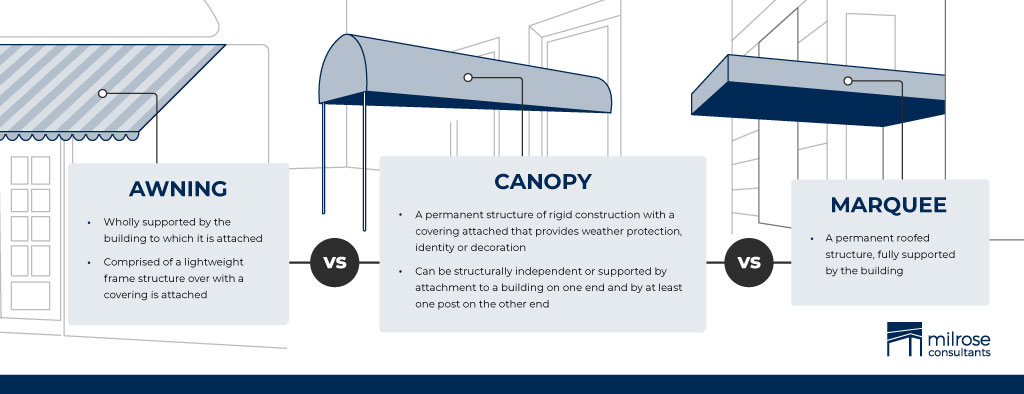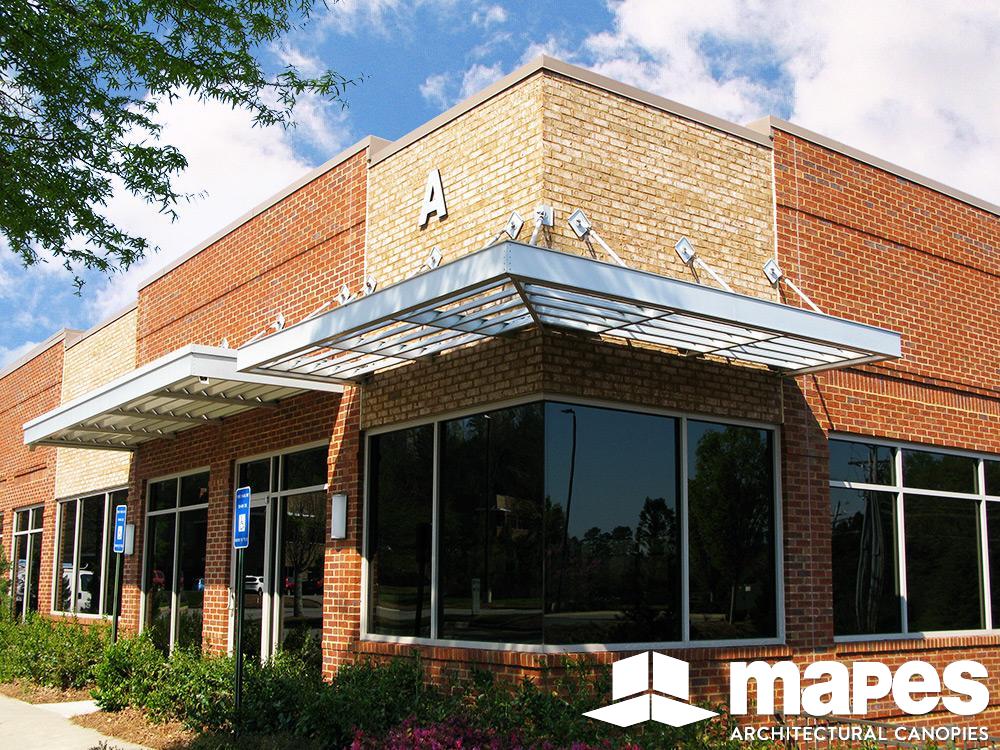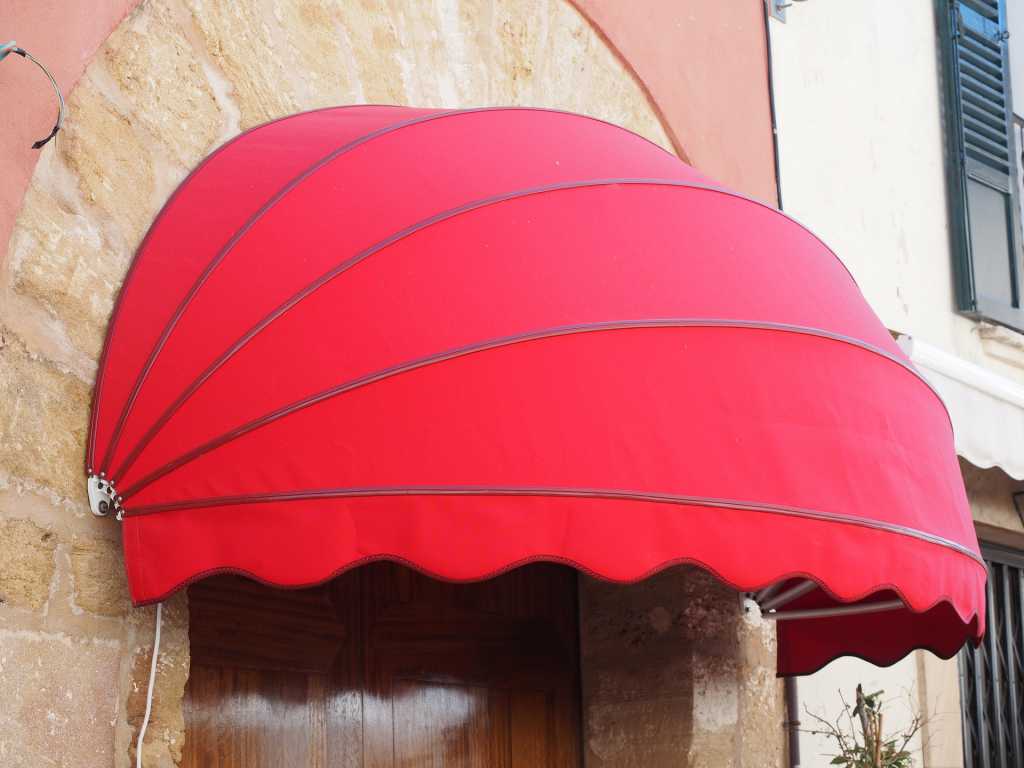The Best Strategy To Use For Architectural Metals
Table of ContentsArchitectural Metals - TruthsFascination About Architectural MetalsWhat Does Architectural Metals Mean?
Light Blocks light to lower glare and also UV rays. Decreases natural illumination on over cast or dark days. Rises power consumption for synthetic lights on gloomy days and also in winter season. Blocks light to lower glow and UV rays. Allows natural lighting on cloudy or dark days. Maintains energy consumption by permitting passive, all-natural lights on over cast days and in winter. Canopy Product Frequently all-natural fiber (such as cotton) or plastic, which are prone to fading and also UV damages. Subjected to extra wear since it is permanently open. Susceptible to mildew. Expected life-span around 2-3 years. Solution-dyed polymers have actually the pigment imbued in the production, for optimum resistance to fading.

Withdrawing throughout winter months and when not being used decreases damages from UV rays, wind, as well as other components. Mildew immune. 10-year warranty, and also anticipated life time of 12-15 years. architectural metals. Aluminium louvres can be adapted to supply extra sun protection and also defense from rain, hailstorm, or snow. Have adjustable tilts at every angle in between totally open as well as fully shut. Are rust-resistant. Aluminium louvres have actually an expected lifespan of 12-15 years. Threading/ Seams Polyester or cotton strings are most usual. The anticipated life expectancy is 2-3 years. PVC fabrics are warmth secured, which stops separation. Solution-dyed polymers are sewn with GORE Tenara thread, which is UV immune, mildew-resistant, and also stands up to exposure to salt water, acid, temperature level modifications, and water.
Extruded aluminum, which is normally rust-resistant. Powder-coated, which creates a bond more powerful than painting and also supplies added security. 25-year, non-prorated service warranty on all frames Activity, Pitch, and Setting Completely open. Open at a dealt with angle. Tough to rearrange or to relocate to a different place. Can be unpleasant as the awning ages or as the landscape style adjustments. Can be virtually unnoticeable when retracted, blending into the lines of the framework. Can be fully opened up or quit at any intermediate point for precise shade insurance coverage. Can have a flexible angle, to give added shade coverage or to permit runoff in light rainfall.
Architectural Metals Fundamentals Explained
All too usually, we are asked what the distinction is in between an Awning, Cover and also Marquee. For the advantage of all, listed below is a quick summary identifying each of the categories: Awning, canopy, & marquee are all terms defined in the Building Code.: owners, engineers, and so on regularly perplex the terms & call every little thing a 'cover' Laws regulating awnings, canopies, & marquees are found both in the Building Ordinance & Zoning Resolution.

The place of an awning on a structure might be over a window, a door, or above the location along a sidewalk. With the enhancement of columns an awning comes to be a canopy, which has the ability to extend better from a building, as when it comes to an entrance to a resort. architectural metals. Restaurants usually use awnings broad sufficient to cover significant outdoor area for outside eating, parties, or reception. In industrial buildings, an awning is commonly painted with info regarding the name, organization, and address, therefore working as a indicator or billboard in addition to supplying shade, breaking solid winds, as well as shielding from rainfall or snow.
Some Known Facts About Architectural Metals.
Awnings were first made use of by the old Egyptian and also Syrian worlds. They are called "woven visit our website floor coverings" that shaded market delays as well as homes. A Roman poet Lucretius, in 50 BC, said "Linen-awning, extended, over magnificent theaters, provides forth at times, a breaking roar, when much't is beaten around, between the posts and also cross-beams". Amongst one of the most substantial awnings in the ancient globe was the velarium, the massive facility of retractable color frameworks that could be deployed above the seats locations of the Roman Colosseum. Made of bed linen shadecloths, lumber framing, iron outlets as well as rope, the system could efficiently shade concerning one-third of the field and seating; an additional third can be shaded by the high bordering walls, supplying a majority of seats some color on a blinding afternoon.
Awnings came to be typical during the very first half of the 19th century. At that time they was composed of hardwood or cast iron articles set along the from this source walkway edge as well as connected by a front cross bar. To back up to larger setups, tilted rafters linked the front cross bar to the structure exterior. The upper end of the canvas was attached to the facade with nails, with grommets as well as hooks, or by tiing the canvas to a head rod bolted to the exterior. The various other (forecasting) end of the canvas was curtained over or laced to a front bar with the side usually suspending to form a frame.
